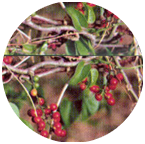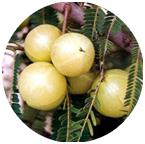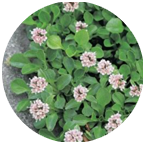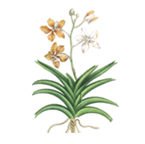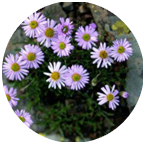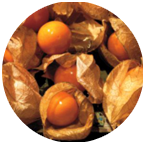Tinospora cordifolia
Latin name: Tinospora cordifolia
English name: Tinospora Gulancha
Sanskrit / Indian name: Guduchi, Gulvel
It’s principal constituents are tinosporine, tinosporide, cordifolise,Cordifol, heptacosnol, clerodane furano diterpene, diterpenoid furanolactone tinosporidine, columbin and b-sitosterol. The stem is used in dyspepsia, fevers and urinary diseases. The plant is used in Ayurvedic rasayanas to improve the immune system and the body’s resistance to infections. The bitter principle present shows antiperiodic, antispasmodic, anti-inflammatory and
antipyretic properties It is used in general debility, digestive disturbances, loss of appetite
and fever in children. It is also an effective immunostimulant.

